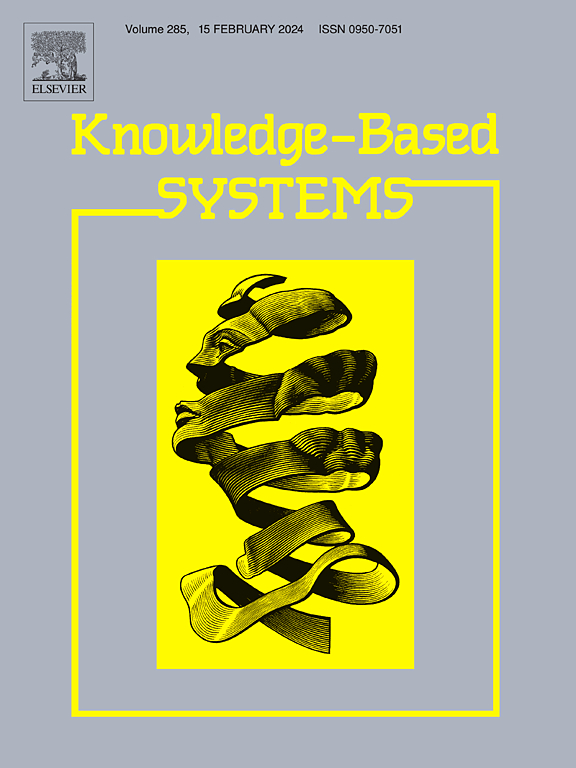A deep learning-based approach with two-step minority classes prediction for intrusion detection in Internet of Things networks
IF 7.2
1区 计算机科学
Q1 COMPUTER SCIENCE, ARTIFICIAL INTELLIGENCE
引用次数: 0
Abstract
The rise of Internet of Things (IoT) technology has significantly enhanced several aspects of our modern life, from smart homes and cities to healthcare and industry. However, the distributed nature of IoT devices and the highly dynamic functioning of their environments introduce additional security challenges compared to conventional networks. Moreover, the datasets used to construct intrusion detection systems (IDS) are intrinsically imbalanced. Existing balancing techniques can address this issue with partially imbalanced datasets. However, their efficiency is limited when dealing with highly imbalanced datasets. As a result, the IDS delivers a humble performance that dissatisfies the IoT-based systems requirements. Therefore, novel approaches must be investigated to address this issue. In this paper, we propose a deep learning-based approach with two-step minority classes prediction to enhance intrusion detection in IoT networks. As our main model, we employ a one-dimensional convolutional neural network (1-D CNN), which predicts network traffic with a single output for the minority classes. Additionally, another 1-D CNN is trained on these minorities, but it only performs a second prediction if the first model classifies the output as the minority group. Furthermore, we utilize the class weight technique to achieve more balance in the models’ learning. We evaluated the proposed approach on the UNSW-NB15 and BoT-IoT datasets, two well-known benchmarks in building IDS for IoT networks. Compared to state-of-the-art methods, our approach revealed superior performance, achieving 80.65% and 99.99% accuracy in the multi-classification, respectively.
求助全文
约1分钟内获得全文
求助全文
来源期刊

Knowledge-Based Systems
工程技术-计算机:人工智能
CiteScore
14.80
自引率
12.50%
发文量
1245
审稿时长
7.8 months
期刊介绍:
Knowledge-Based Systems, an international and interdisciplinary journal in artificial intelligence, publishes original, innovative, and creative research results in the field. It focuses on knowledge-based and other artificial intelligence techniques-based systems. The journal aims to support human prediction and decision-making through data science and computation techniques, provide a balanced coverage of theory and practical study, and encourage the development and implementation of knowledge-based intelligence models, methods, systems, and software tools. Applications in business, government, education, engineering, and healthcare are emphasized.
 求助内容:
求助内容: 应助结果提醒方式:
应助结果提醒方式:


